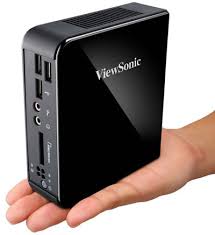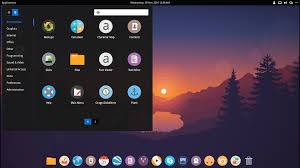Ways to replace the motherboard without reinstalling for Windows 7
 As a rule, after upgrading the computer with replacing the motherboard, the user has to install the operating system “clean”, installing the necessary programs along the way. All this can be avoided by replacing the main board without reinstalling Windows according to the instructions in this article.
As a rule, after upgrading the computer with replacing the motherboard, the user has to install the operating system “clean”, installing the necessary programs along the way. All this can be avoided by replacing the main board without reinstalling Windows according to the instructions in this article.
Board replacement algorithm without reinstalling Windows 7
The main reason for the inability to boot Windows after replacing the motherboard (with the fatally inevitable “blue screen of death”) is the inability of the “old” operating system to find drivers for the new SATA controller, since it simply does not have them. This problem can be solved by editing the registry files or by integrating drivers at the stage before replacing the motherboard.
Windows 7 configuration methods in this context vary, depending on the specific situation. In particular, is this carried out immediately before replacing the main board, or after an upgrade at system startup accompanied by BSOD. It is preferable and easier to work with the first option, but if the upgrade is made and a blue screen is observed, the problem can also be solved in many cases without installing the OS.
STOP Error: 0x0000007B
Before you begin the practical steps discussed in this article, you should copy all the important data from the disk to another medium and, if possible, make backup copies of the registry and system files.
Debugging the OS before replacing the board: method 1
The configuration algorithm of the “seven” before replacing the motherboard may be as follows:
Check if the drivers of the old motherboard are suitable for the new one (the components can be quite compatible and then no additional settings will be needed). To do this, start Windows in normal mode, go to the “Start” menu and activate the “Control Panel”.
Start – Control Panel
Go to the “System and Security” block.
Control Panel – Security System
Open the “Device Manager” in the “System”.
System – Device Manager
The steps described above can be shortened by pressing the “hot” Win + R combination on the keyboard and entering the system command devmgmt.msc. Activate the latter with the “OK” button.
Command “devmgmt.msc”
In the Device Manager console, expand the list of IDE ATA / ATAPI controllers.
ATA controllers in Device Manager
If you see the line “Standard dual-channel PCI IDE controller” (ATA, ATAPI abbreviations may also be present) without specifying a specific brand, most likely your new motherboard should work without problems after the upgrade.
If you see a brand name and type in the name, first check it with the brand of the controller of the new board. In case of coincidence, with a high degree of probability, no more actions will be required, in another situation, proceed to the next step.
Dual Channel PCI IDE
Transfer the software for the new motherboard to your PC. The easiest way to do this is to use a disk with software support that is included with the system board; otherwise, download the software from the download page of the manufacturer’s website.
Do not install drivers, but simply transfer the files to any folder on the hard disk by uninstalling the current controller software – to do this, open the component properties window by right-clicking on the name and selecting “Properties”.
In a new window, go to the “Driver” submenu.
Dual Channel PCI IDE Properties
Uninstall the software by clicking on the appropriate button.
Driver Tab – Remove Driver
Confirm the uninstallation of the software product with the “OK” button.
Confirm driver removal
At the end of the process, restart the PC and install the new software in the standard way. Search and install the software in manual mode, specifying the folder with the saved drivers.
Performing a driver search on a computer
At the end of the installation, go to the sub-item “System devices”.
Device Manager – System Devices
Find the line “PCI bus” and open the properties of the component.
PCI bus in Device Manager
Go to the “Driver” menu.
PCI bus properties
Select component removal.
Driver Tab – Remove Driver
Confirm the uninstallation of this software product with the “OK” button.
Driver Uninstall Confirmation
Now you can turn off the computer and replace the system board.
After the upgrade, start the machine and first of all install the rest of the software on the motherboard.
Setting up before replacing the motherboard: method 2
There is another (less complicated) way to configure the system before installing a new motherboard:
Press the hot key combination Win + R. Enter the regedit system command in the window that appears and activate it with the OK button.
Regedit command
In the left part of the console, follow the path HKEY_LOCAL_MACHINE / SYSTEM / CurrentControlSet / services.
Services folder in Registry Editor
Expand the final list and find the msahci line.




